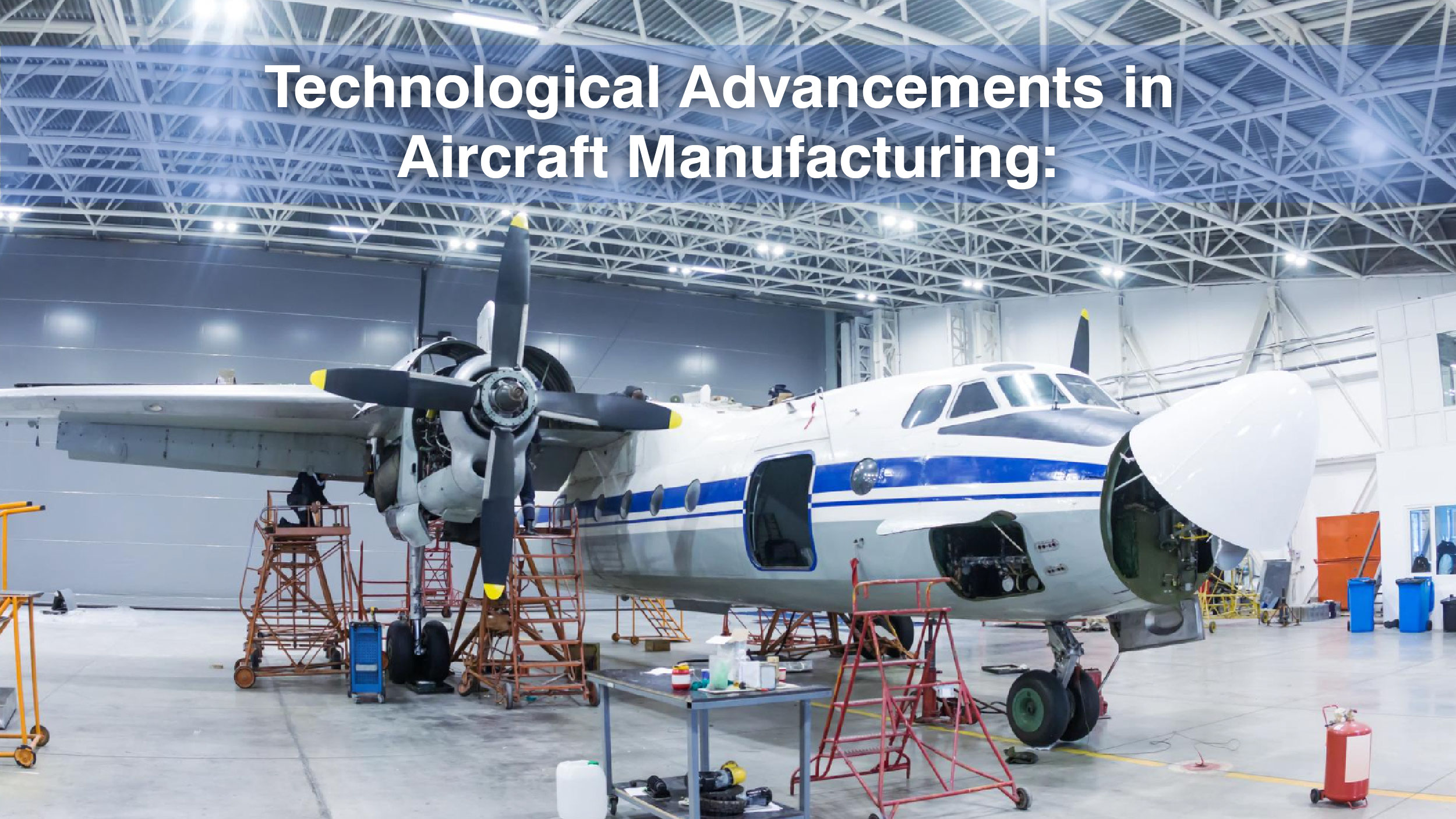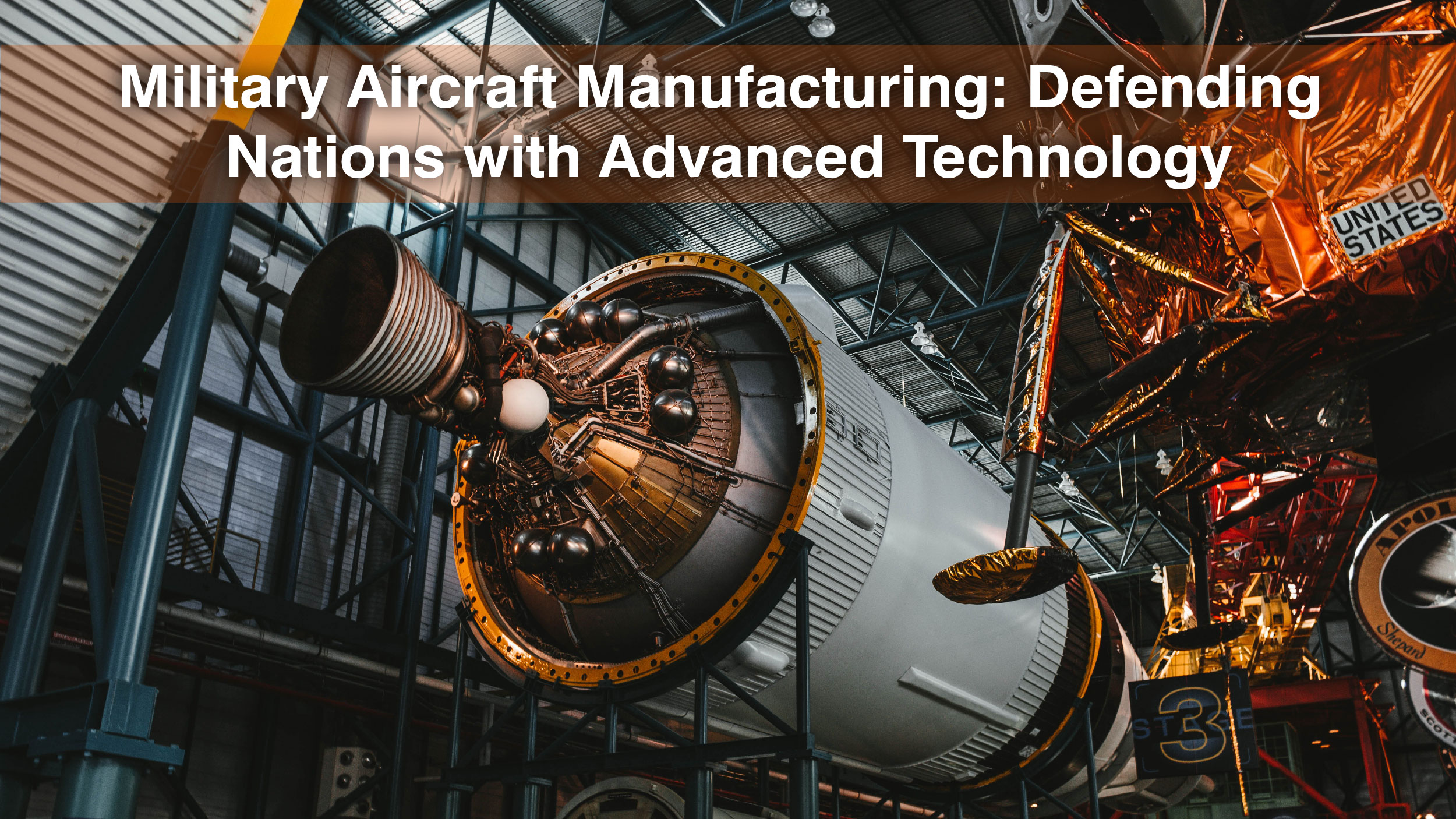In the expansive world of aviation where our dreams take wing, there’s a fascinating universe of aircraft manufacturing. This sector blends innovative tech, engineering skills, and careful craftsmanship to shape the beautiful machines that adorn our skies.
Making airplanes involves dreaming up designs, building them from scratch, rigorously testing them, and maintaining their smooth functioning. This applies to everything from the commercial planes we use for vacation travel to military jets, and even spacecraft. That being said, without any further delay, let’s do a deep dive into how they are made.
What is Aircraft Manufacturing?
Aircraft manufacturing is essentially about crafting, building, testing, selling, and taking care of aircraft, parts of planes, missiles, rockets, and spacecraft. This highly advanced and technical industry plays a big role in aviation. It does so by creating aircraft and their components designed to cater to both civil and military aviation needs.
Technological Advancements in Aircraft Manufacturing:

The industry has seen significant progress in design, materials, and manufacturing processes, driven by technology:
- Computer-Aided Design (CAD): CAD software enables detailed 3D modeling, streamlining design, and virtual testing.
- Composite Materials: Advanced materials like carbon fiber improve fuel efficiency and reduce weight.
- Additive Manufacturing: 3D printing speeds up production and offers design flexibility.
- Fly-by-Wire Systems: Electronic flight control enhances safety and stability.
- Improved Engines: Engines like high-bypass turbofans improve fuel efficiency and range.
- Advanced Avionics: Modern aircraft have advanced navigation, weather radar, and communication systems.
- Unmanned Aerial Vehicles (UAVs): Drones see technological advancements for various applications.
- Smart Manufacturing and Robotics: Automation improves precision and safety.
- Internet of Things (IoT): Sensors in aircraft components provide real-time data for maintenance.
- Sustainable Solutions: Aircraft manufacturers explore eco-friendly technologies, such as electric propulsion.
These technological advancements drive innovation in airplane manufacturing, creating safer, more efficient, and eco-conscious aircraft, and shaping the future of aviation. The industry’s continuous R&D efforts push the boundaries of aerospace engineering.
The World of Airplane Manufacturing
The airplane manufacturing market is a pivotal segment within the broader airline sector. It was valued at approximately $413.51 billion globally in 2021 and encompasses companies dedicated to crafting airplanes and their integral components, like engines and propulsion systems.
Leaders in Large Passenger Aircraft Production
When it comes to large passenger aircraft, Boeing and Airbus reign supreme. They stand as the primary players in the global market for large commercial jets. Boeing is known for its 7-series, while Airbus boasts the A-series, covering a range of aircraft from narrow-body to wide-body, and even jumbo jets. These industry giants virtually dominate the market for substantial commercial aircraft.
Global Aviation Industry: Key Countries and Impact
Aircraft manufacturing is a global endeavor, with several countries influencing the aviation industry significantly. Here’s a snapshot of key countries and their roles in the sector:
- United States: Home to aviation giants like Boeing and Lockheed Martin. Boeing is a top player in commercial aircraft, boasting a substantial global market share.
- Europe: It boasts a strong presence in aircraft manufacturing. Airbus, with facilities across Europe, competes head-to-head with Boeing in the commercial aircraft market. Dassault Aviation (France) and Leonardo S.p.A (Italy) also contribute to the aerospace sector considerably.
- Russia: It is a well-established aerospace industry with companies like Sukhoi and MiG, specializing in military aircraft and fighter jets. Russia also holds a significant share in the global military aviation market.
- Brazil: Embraer, a Brazilian manufacturer, is a major contender in regional and executive jet markets. Brazil holds a notable market share in regional aircraft production worldwide.
- Canada: The country is known for companies like Bombardier Aerospace, focusing on business jets and regional aircraft. It makes up for a considerable market share in the business jet market.
- China: China’s aviation industry is rapidly expanding, with COMAC (Commercial Aircraft Corporation of China) making a mark in the sector. COMAC is a key player in commercial aircraft manufacturing, with global market expansion plans.
- Japan: Represented by Mitsubishi Aircraft Corporation, Japan specializes in regional aircraft production.
Traditionally, the U.S. and Europe dominated aircraft manufacturing, but China and Russia are now formidable contenders, challenging the status quo. The industry is dynamic, competitive, and marked by continuous technological advancements, with companies worldwide vying for a slice of the global aviation market.
Military Aircraft Manufacturing: Defending Nations with Advanced Technology

The world of military airplane manufacturing revolves around the design, development, and construction of aircraft tailored explicitly for military applications. These aircraft are equipped with cutting-edge technology and specialized features to meet the rigorous demands of defense and combat missions. Manufacturers employ state-of-the-art engineering, systems, and materials to create fighter jets, transport planes, reconnaissance aircraft, bombers, and other military platforms. These machines play an indispensable role in national defense, offering armed forces strategic capabilities for protection, surveillance, and tactical operations. The industry involves close partnerships between governments, defense agencies, and aerospace companies to produce cutting-edge military aircraft that ensure the safety and security of nations.
Top 10 Players in Military Airplane Manufacturing:
- Lockheed Martin Corporation (USA) – Known for F-16 Fighting Falcon, F-35 Lightning II, and C-130 Hercules
- Boeing (USA) – Creator of F-15 Eagle, F/A-18 Hornet, and KC-46 Pegasus
- Airbus Defence and Space (France) – Producer of A400M Atlas and Eurofighter Typhoon
- Sukhoi (Russia) – Manufacturer of Su-30 and Su-35
- Dassault Aviation (France) – Renowned for Rafale
- Saab AB (Sweden) – Makers of Gripen
- Chengdu Aircraft Industry Group (China) – Creators of JF-17 Thunder
- HAL (India) – Producer of Tejas
- Northrop Grumman Corporation (USA) – Notable for B-2 Spirit and MQ-4C Triton
- Embraer Defense & Security (Brazil) – Renowned for Super Tucano
These companies are leaders in military aircraft manufacturing, producing a wide range of cutting-edge aircraft that safeguard and defend nations across the globe.
Winding Up
Aircraft manufacturing serves as a remarkable testament to human ingenuity, relentless innovation, and our unwavering quest to dominate the skies. This industry seamlessly merges state-of-the-art technology, engineering prowess, and precision craftsmanship to bring forth the awe-inspiring creations that adorn our celestial realm. Beyond its practical role in connecting people and goods worldwide, aircraft manufacturing symbolizes our unyielding spirit of exploration and our insatiable desire to achieve greater heights.



